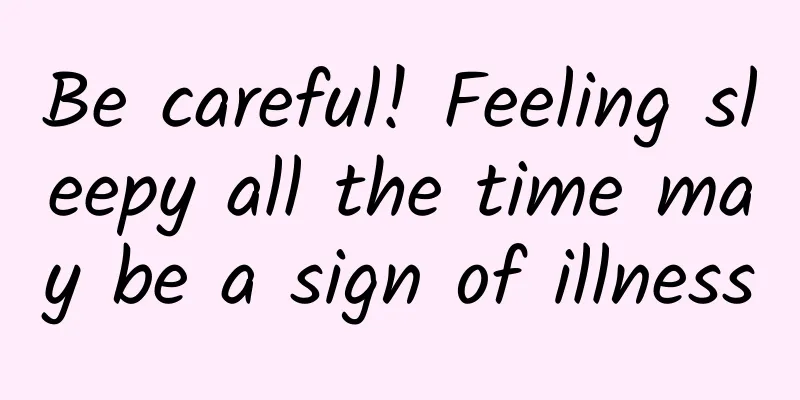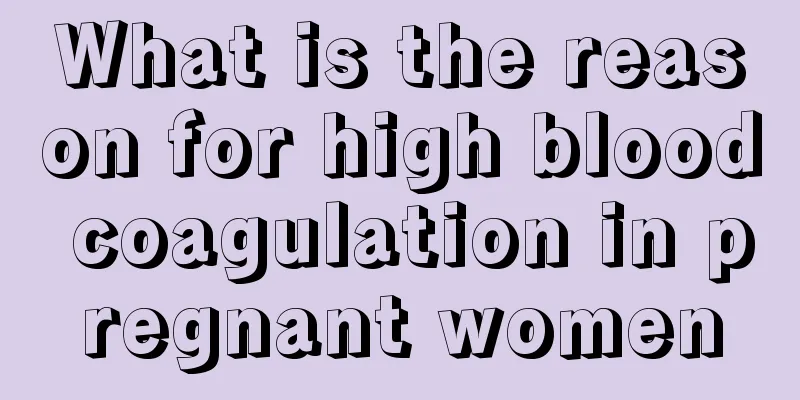[Medical Q&A] Does a baby’s severe cough mean it is pneumonia?
![[Medical Q&A] Does a baby’s severe cough mean it is pneumonia?](/upload/images/67eff88d0cf81.webp)
|
Planner: Chinese Medical Association Reviewer: Niu Chao, deputy chief physician, Children's Hospital Affiliated to Chongqing Medical University Cough is a symptom that can be caused by a variety of reasons, including the common cold, bronchitis, pneumonia, rhinitis and sinusitis, foreign bodies in the airways, gastroesophageal reflux disease, etc. Pneumonia may indeed cause coughing, but coughing itself is not enough to diagnose pneumonia. Pneumonia is a common infectious disease of the respiratory system, and its symptoms are diverse, mainly including: ① Fever. Children with pneumonia usually have a fever, especially those with influenza virus, adenovirus, Mycoplasma pneumoniae infection, and some bacterial pneumonia. Children may have a high fever that persists. ② Intensified cough. As the disease progresses, the sputum will gradually increase, and the color may be white, yellow or green, or even with blood. ③ Difficulty breathing. It manifests as labored, rapid or shallow breathing, and respiratory failure may occur in severe cases. ④ Cyanosis. Cyanosis refers to a pathological phenomenon in which the skin and mucous membranes appear bluish purple due to an increase in reduced hemoglobin or the presence of abnormal hemoglobin derivatives in the blood. It is mainly manifested in the cyanosis of the lips, nail beds, earlobes and other parts. ⑤ Chest pain. Especially when the inflammation involves the pleura, the chest pain is usually needle-like or severe, and it is aggravated by coughing or deep breathing. ⑥ Gastrointestinal symptoms. Some children with pneumonia may experience gastrointestinal symptoms such as nausea, vomiting, abdominal distension or diarrhea. In order to determine whether your baby has pneumonia, in addition to observing the above symptoms, you also need to undergo a physical examination, blood routine test, chest CT, and pathogen testing. The doctor will use a stethoscope to listen to the lungs. Children with pneumonia may have moist rales or wheezing in their lungs. At the same time, indicators such as white blood cell counts in blood routine tests may increase during bacterial infections. Chest X-rays and CT can show the location and severity of lung lesions, while pathogen testing can identify the specific cause of pneumonia. |
<<: [Medical Q&A] Can vascular ultrasound examination diagnose cerebral infarction?
>>: [Medical Q&A] Can patients with dentures undergo MRI examinations?
Recommend
How to make kiwi fruit soften and sweeten quickly? What are the preservation and storage methods of kiwi fruit?
Kiwis are really sour and sweet and delicious, bu...
The most common degeneration of uterine fibroids
The prevalence of uterine fibroids among women is...
Why does drinking saffron bring your period earlier?
Rose tea is a precious Chinese herbal medicine. I...
How long does it take to do B-ultrasound after abortion?
After an abortion, you should go to the hospital ...
Why does my back hurt when I'm pregnant with my second child?
After the country's two-child policy was rela...
How should I treat a cold during pregnancy?
Pregnant women are a special group with poor immu...
Vaginal bleeding in 6 months of pregnancy
Every symptom that occurs during pregnancy needs ...
What is a neurophysiological test?
Author: Zhao Yanan, The First Affiliated Hospital...
How do girls get body odor?
Through investigation, it was found that the inci...
What medicine should I take for yellow-green vaginal discharge?
We can tell a woman's health condition from h...
Reasons for delaying menstruation for one month
We all know that normal menstruation may be delay...
What to do about polycystic amenorrhea?
Polycystic ovary syndrome is a very common diseas...
Effects of a cold on the fetus during pregnancy
If you catch a cold when you are about eight mont...
How many days after dydrogesterone do you get your period?
How many days after taking dydrogesterone will me...
Lu Lin: The problem of adolescent depression requires the attention of the whole society | World Mental Health Day
Lu Lin's nationwide survey shows that the pre...









